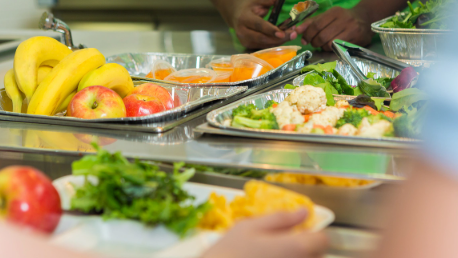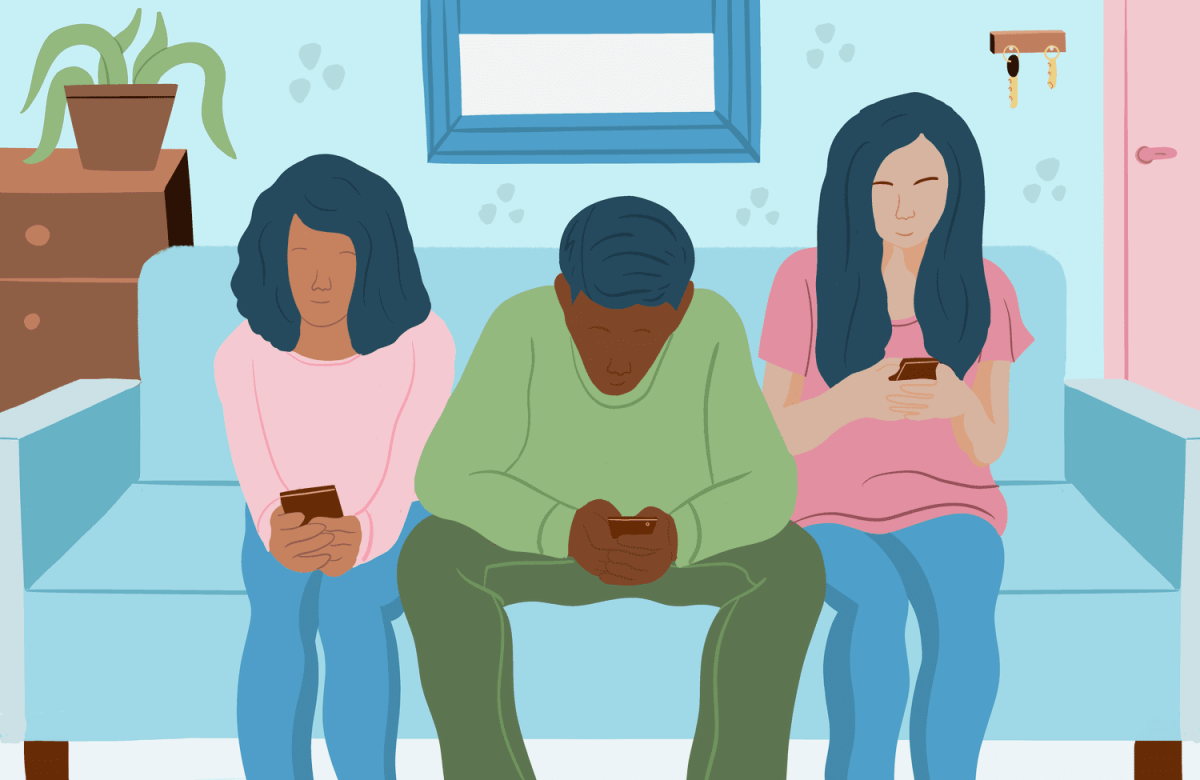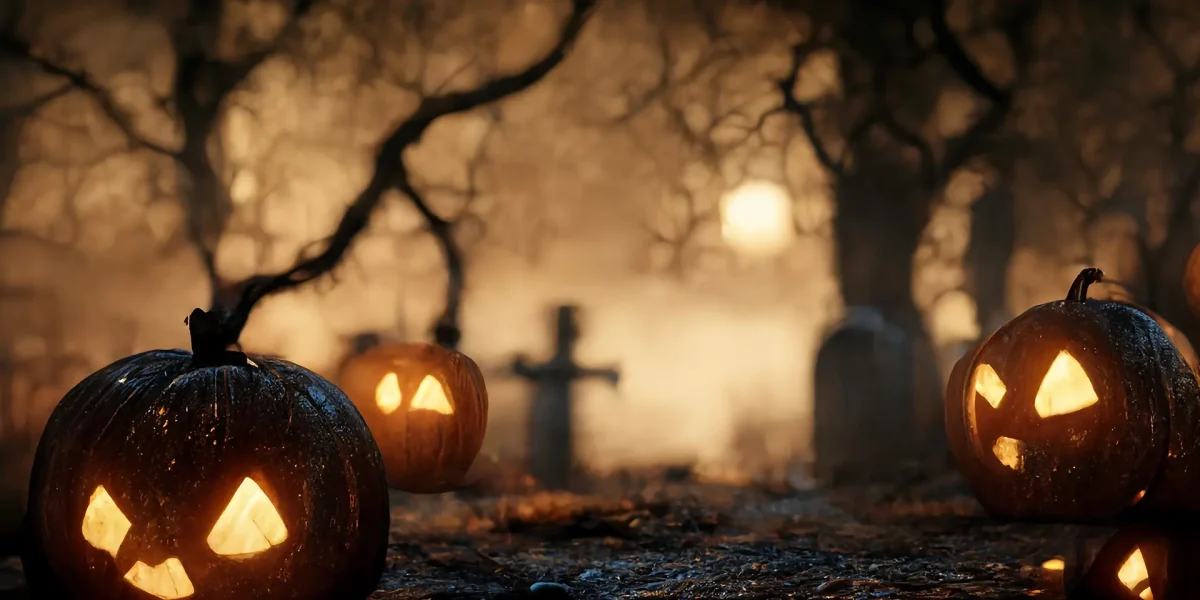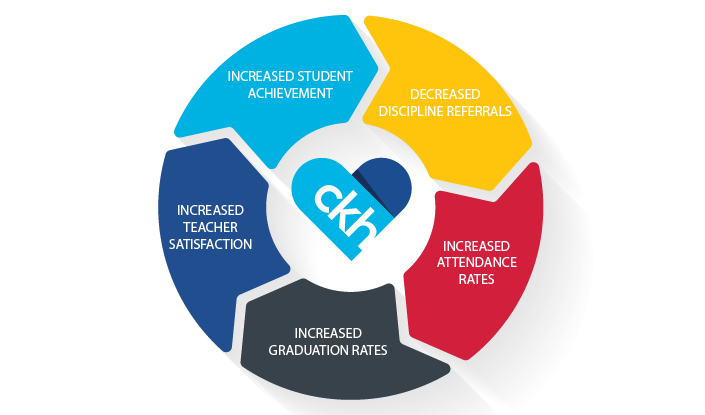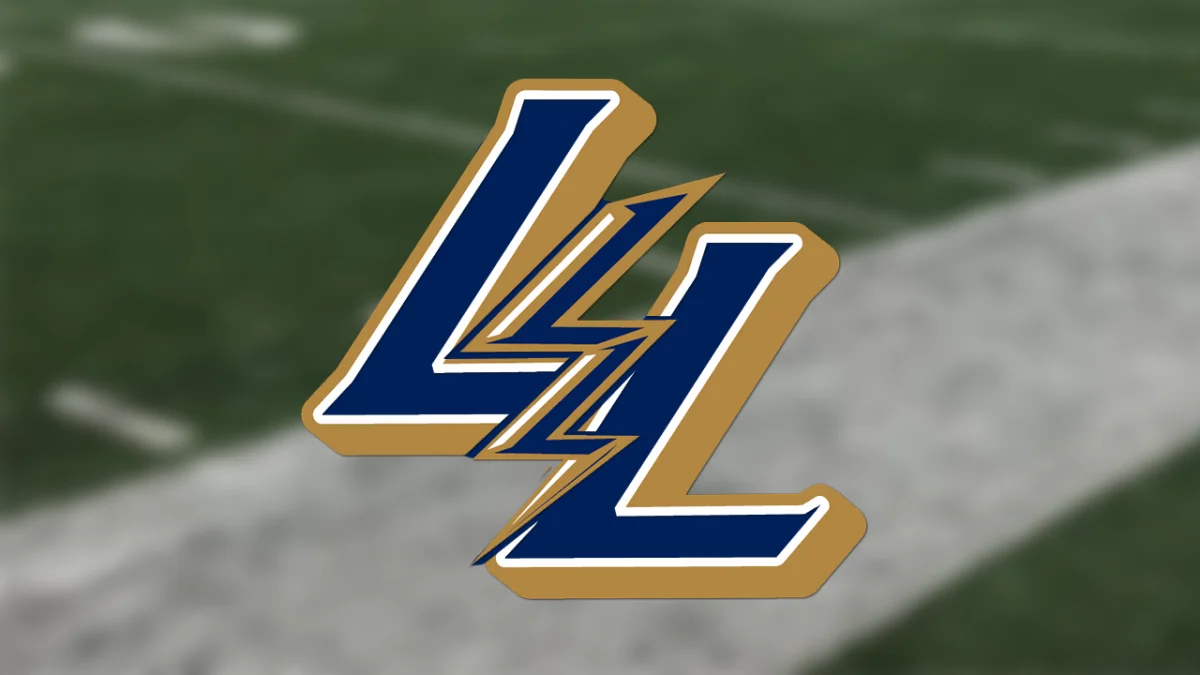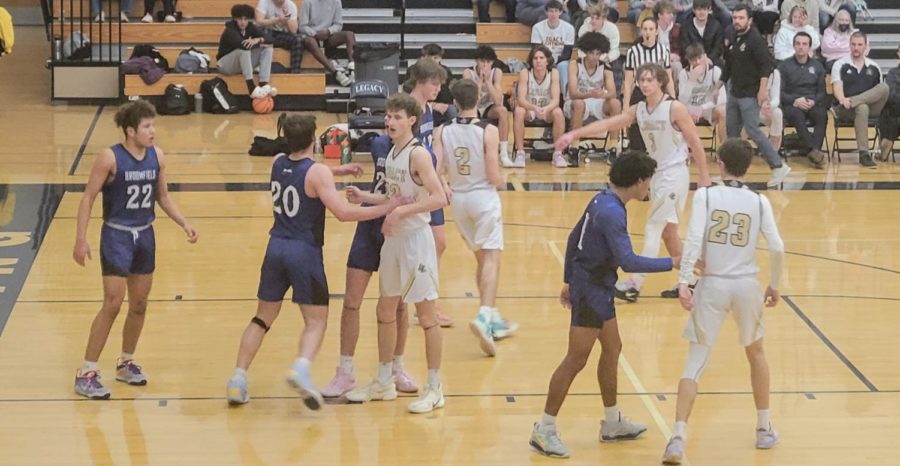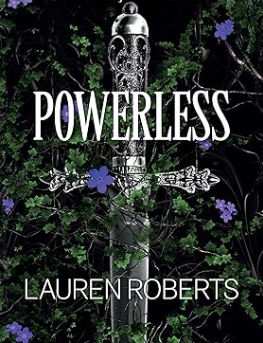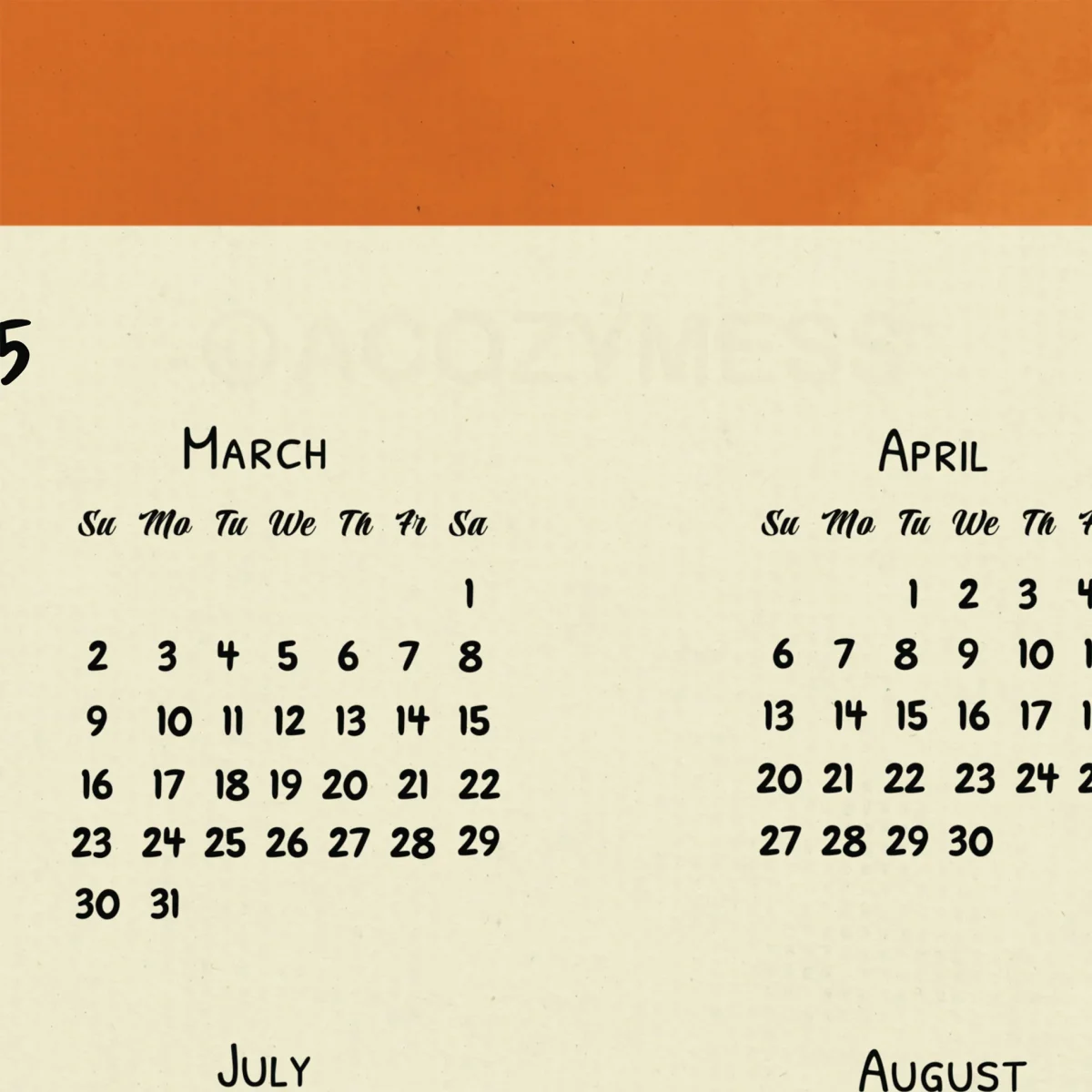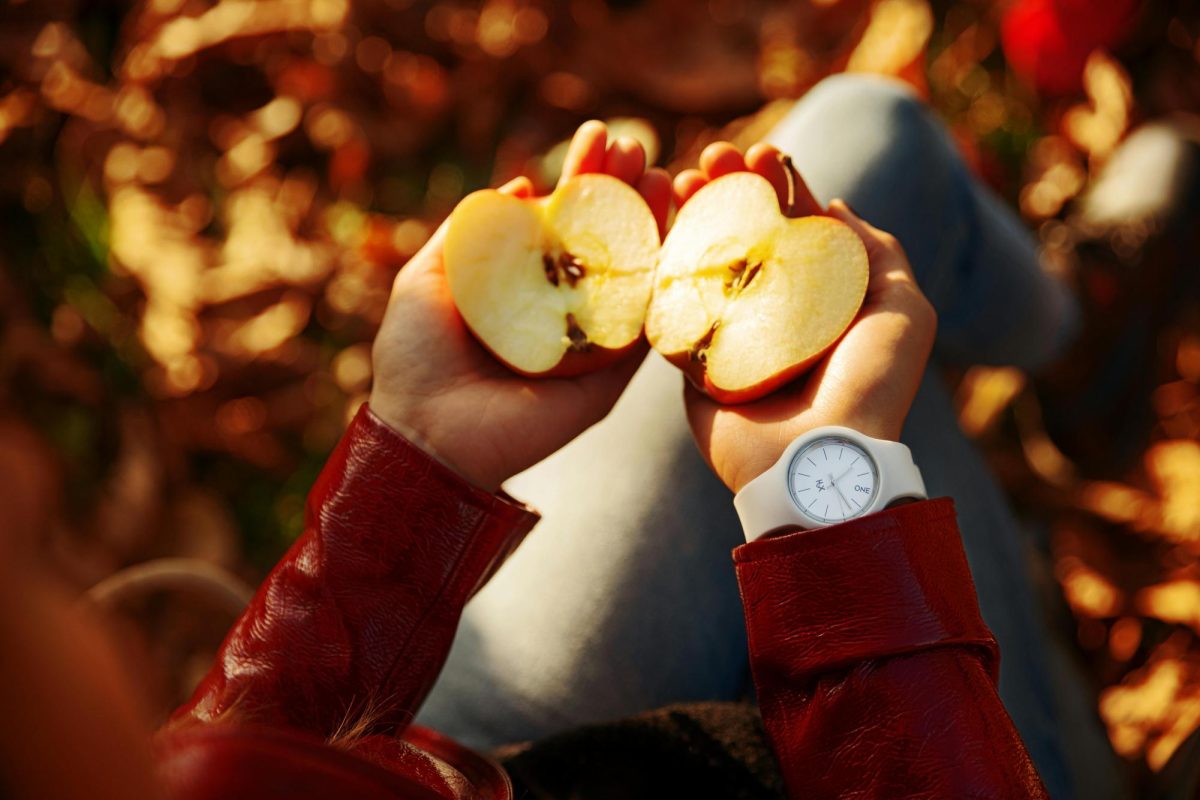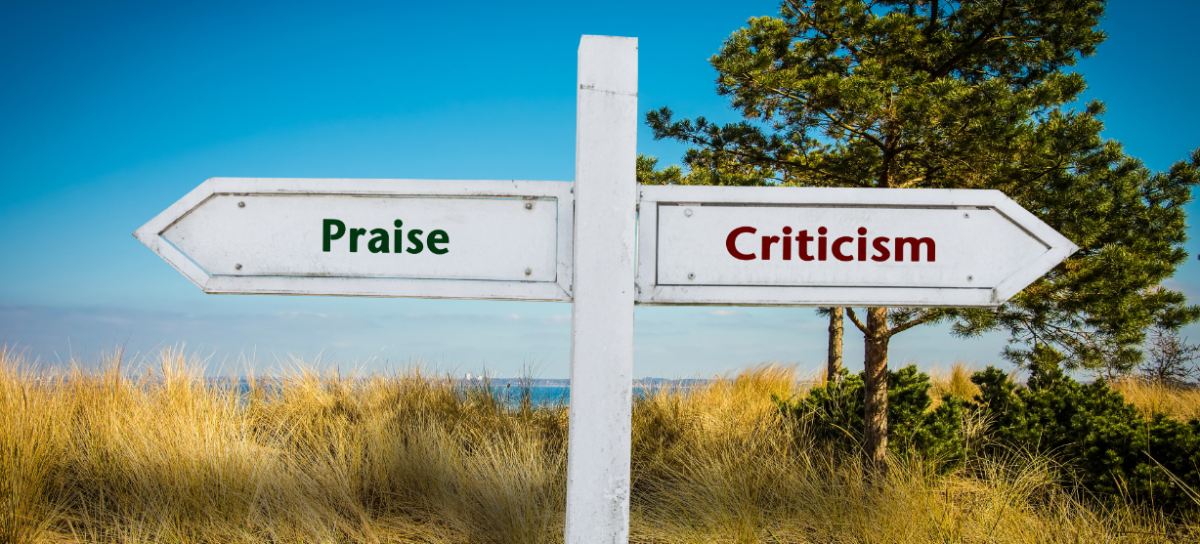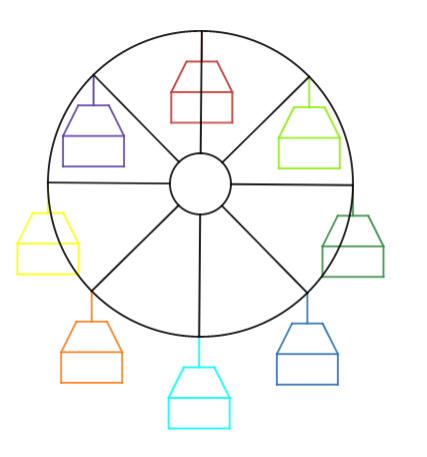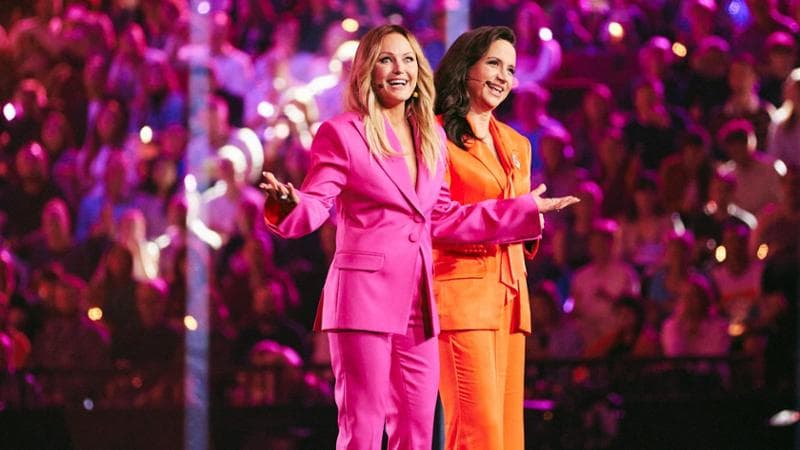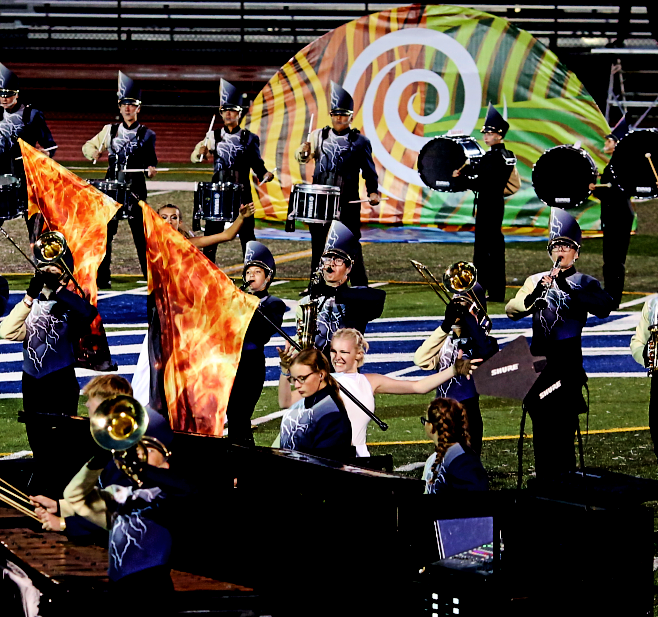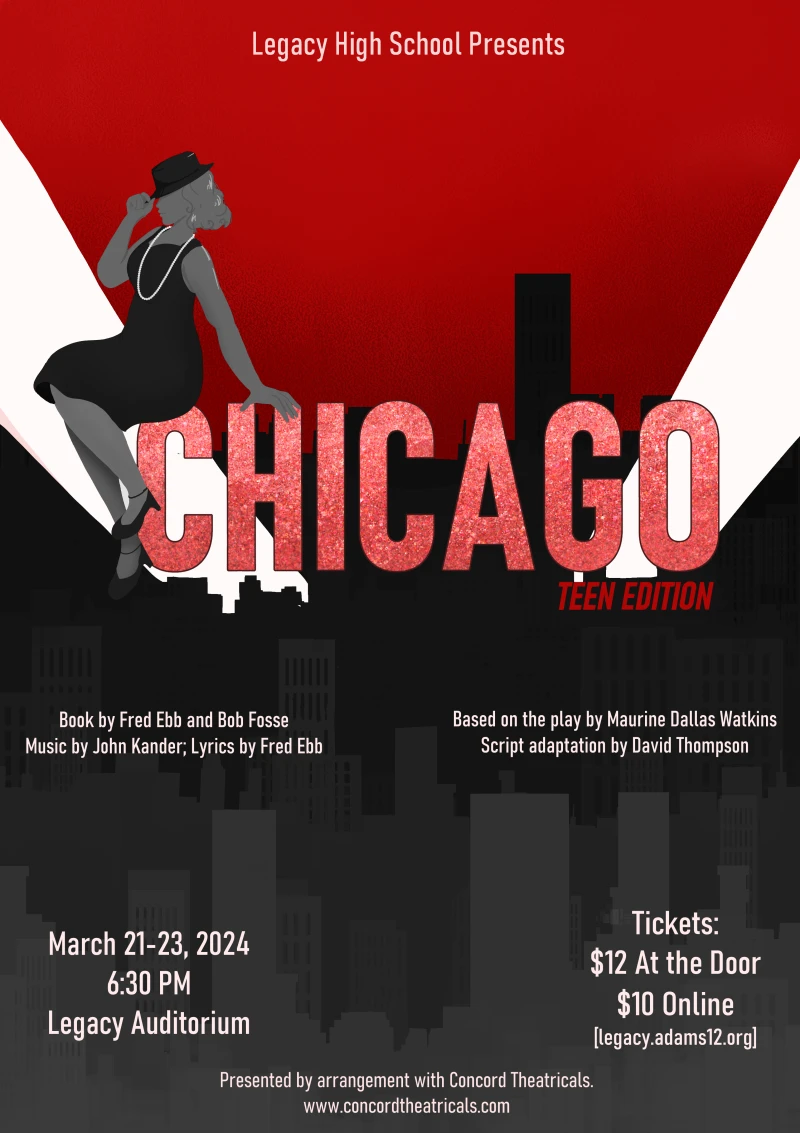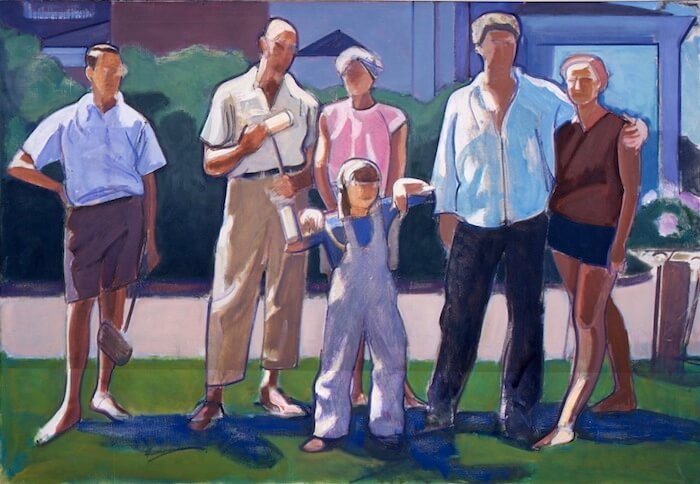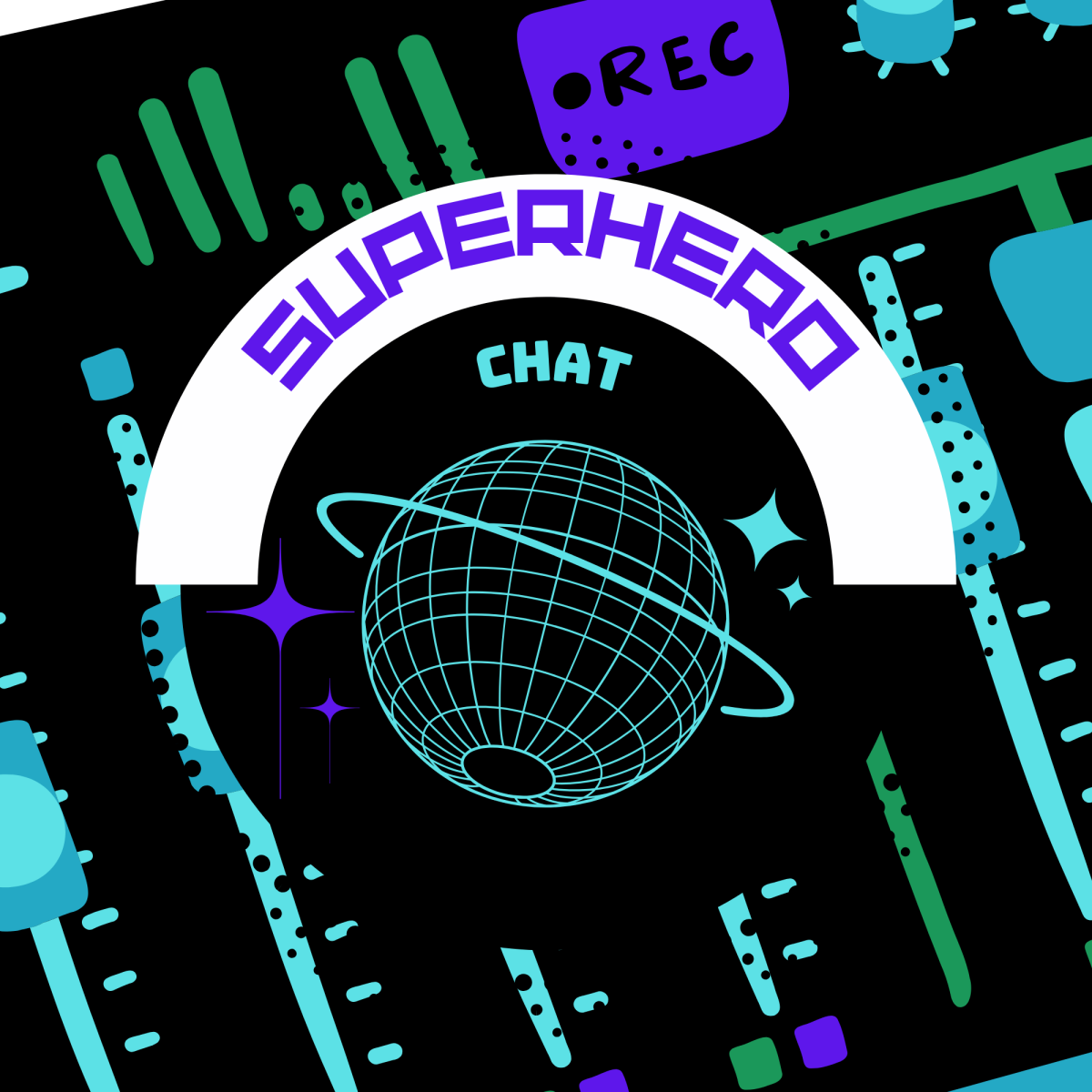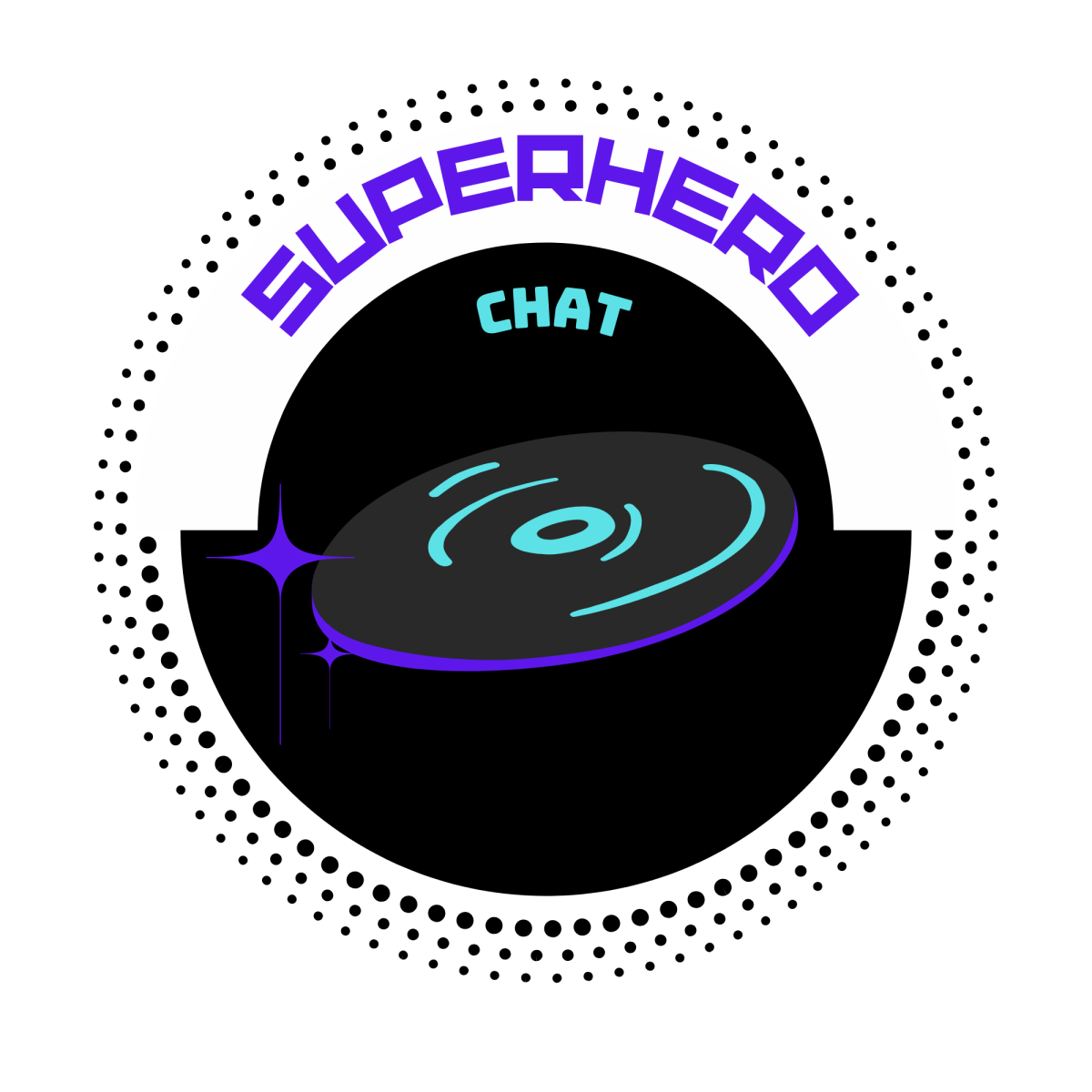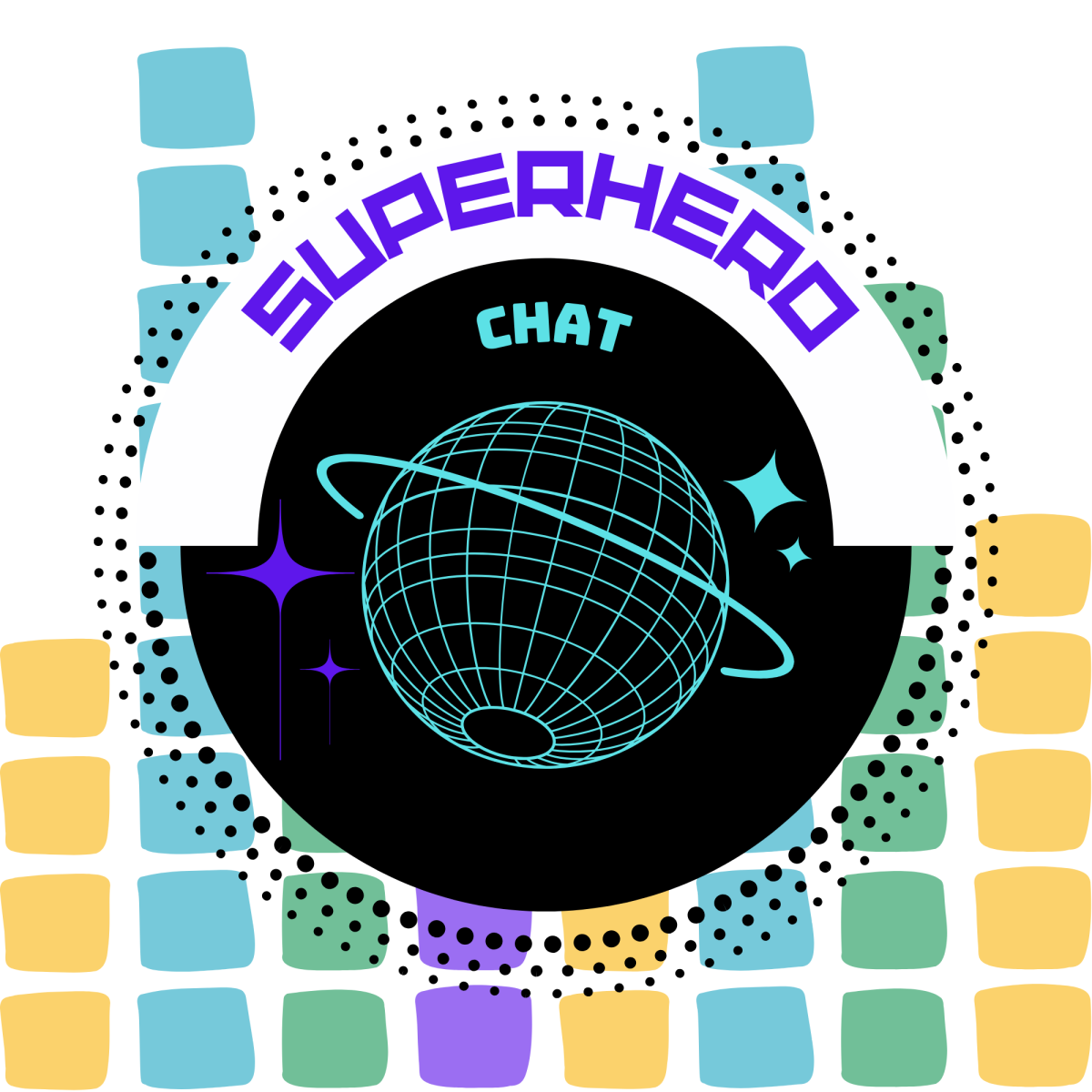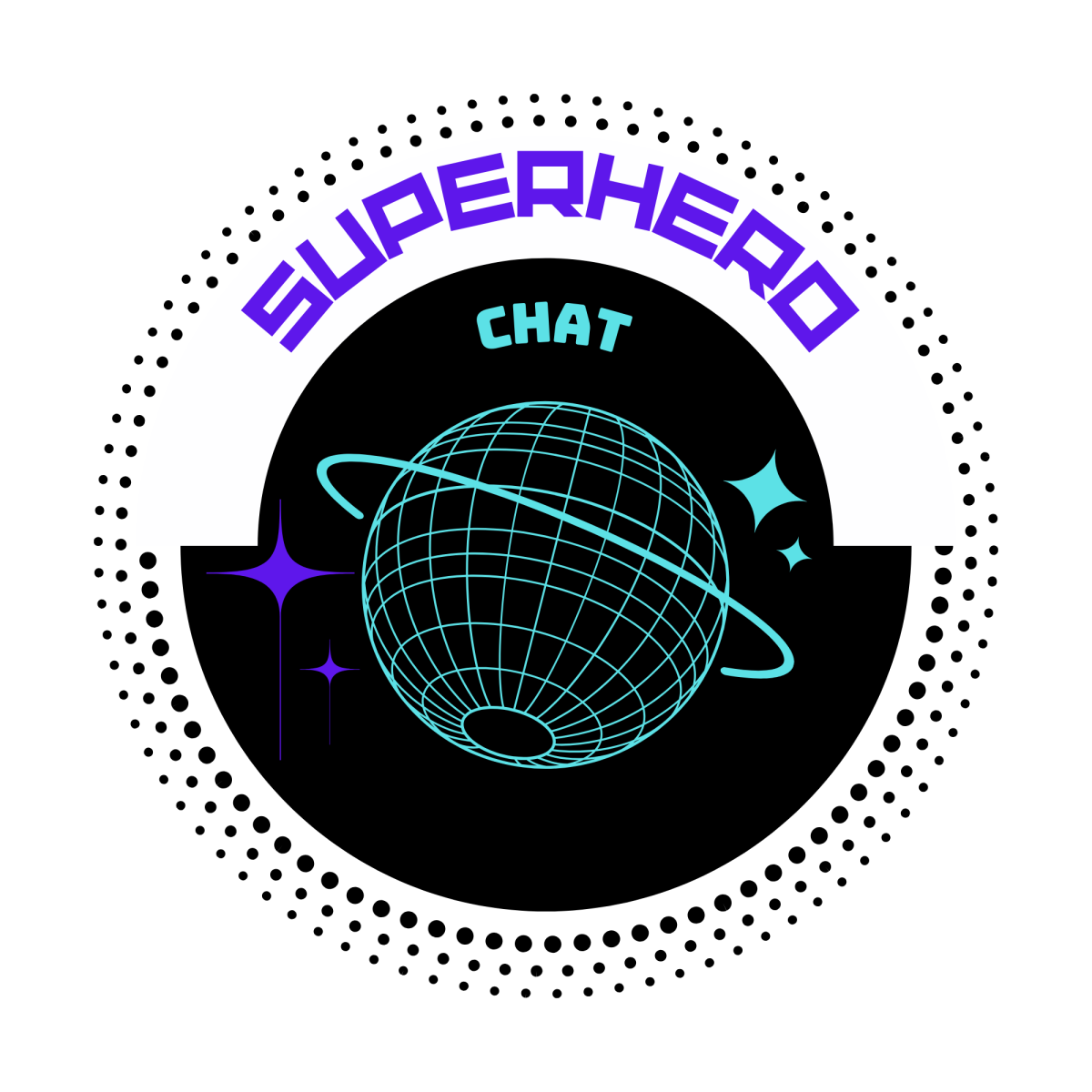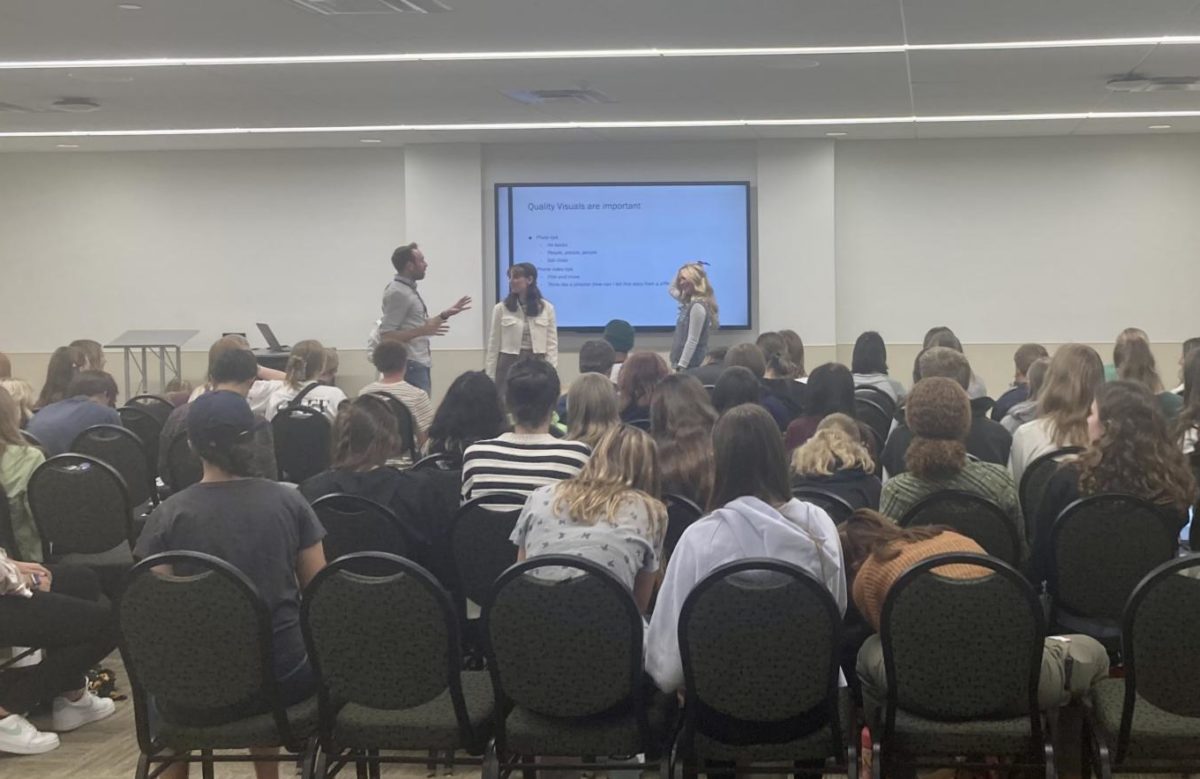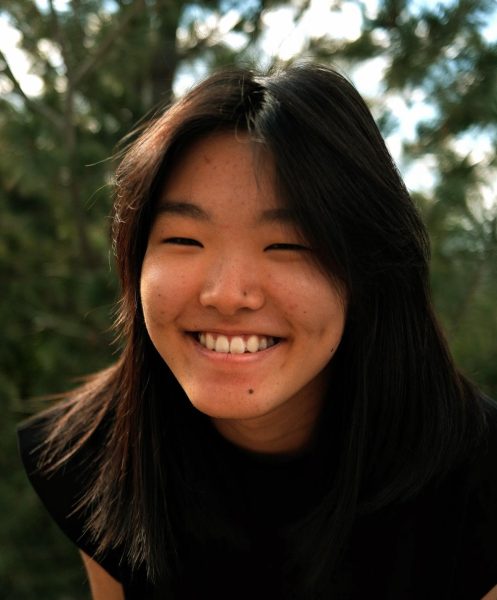Each year, CSU’s Journalism Day unites 1400+ high school writers, photographers, and advisers in Colorado, striving to develop their reporting skills. During the day, students attend 45-minute sessions taught by professionals and media advisers, experiencing the student media campus.
Developing the Department
The Journalism Department was created by Dr. Floyd and Connie Shoemaker, originally co-editors for the Rocky Mountain Collegian. During the height of space exploration in 1968, Dr. Shoemaker combined the technical writing course with journalism, creating the Technical Journalism Department designed for space-age reporting. Their faculty lacked technology, offering Photography as their only audio-visual class, but their tools were developing.
In 1973, former newspaper reporter and Stanford professor Dr. David Clarke became Journalism Chair. He advanced the program to research, and most importantly, to the latest technology. In addition to their sleek appearance, IBM Selectric Typewriters were electric and permitted different fonts, notations, and languages. Its later editions provided a ribbon mistake corrector and the first word-processing system. IBM additionally supplied a Desktop Publishing workshop to the department, aiding students with the technology.

The 70s also marked the department’s growth in its video production. Once television cycles changed from 30-minute local news to 24-hour national news, the department launched its campus television (CTV) in the basement of the Lory Student Center, later repaired after the Spring Creek Flood.
As the internet grew, the department changed its name to the Department of Journalism & Media Communication, encompassing its variety of traditional and digital reporting.
Learning From the Professionals
During the field trip, students attended a multitude of sessions presented by high school and CSU professors, expertise ranging from writing and interviewing to videography and design.
CSU instructor Matt Gohl is an Emmy-winning professional videographer and spoke about “Next-Level Stories”. In his presentation, he emphasized the importance of an audience, purpose, and type of text. These three concepts will guide a journalist in creating a central argument. In an interview, Gohl explained that his interest originated in childhood after recording a soccer player kick to the same beat as the radio. With his father’s engineering background, Gohl was encouraged to pursue his passion, eventually finding significance in story-telling.
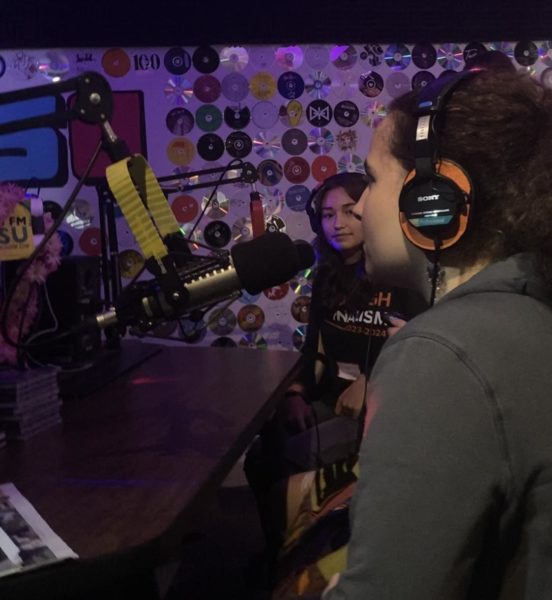
Students were also able to tour the student media facilities, located in the Lory Student Center. Members of the Rocky Mountain Collegian explained that anyone can join the team and learn about journalism on the job. Through this opportunity, they were able to explore their interests and find a community with fellow writers.
Members additionally engage with their radio, KCSU 90.5 FM, where they play music, host shows, and unify the CSU community.
CSU’s adaption to developing technologies reflects its commitment to spreading and enriching journalism. Join us next year to learn more about journalism and CSU at Journalism Day!



